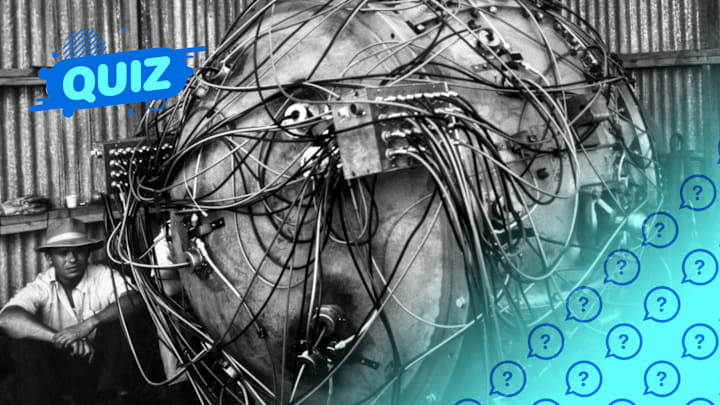Eighty years ago, World War II was poised to end—or continue indefinitely with countless more lives lost. Physicists struggled to understand and harness the power of nuclear fission and build an atomic bomb that they hoped would, ironically, bring peace. The United States and the Soviet Union were technically allies—but also kept vital information about their nuclear weapons programs from each other, hedging their bets for the coming Cold War.
The Second World War had dragged on for more than five years by the time scientists with the Manhattan Project were ready to test the world’s first atomic bomb in a New Mexico desert. Once that capability was secured, the timeline seemed to speed up. American and Japanese leaders then faced a cascade of unprecedented choices.
Even if you weren’t alive when it all happened, you likely learned about the events of World War II and the dawn of the Atomic Age in school—or perhaps hid under your desk during a nuclear bomb drill. But how well do you remember those lessons? Test your memory by putting these important events in the Atomic Age timeline in order below.
Not every scientist involved with the development of the atomic bomb was on board with its actual use in war. Many physicists supported nuclear weapons research when it seemed that Nazi Germany was already working on its own fission-based bomb in 1940. By early 1945, it became clear that the Nazis had no such weapon, and that justification for deploying an American atomic bomb fizzled. Leo Szilard, a physicist at the Chicago Met Lab—which had built the Chicago Pile, the first nuclear reactor—created a petition to urge President Harry Truman to give Japan a chance to surrender with full knowledge of the atomic bomb’s capabilities before it was used.
Truman never saw the petition. Before it reached his desk it was intercepted by Secretary of State James F. Byrnes, an atomic hawk, who declined to show it to the president.
Take More Quizzes:
